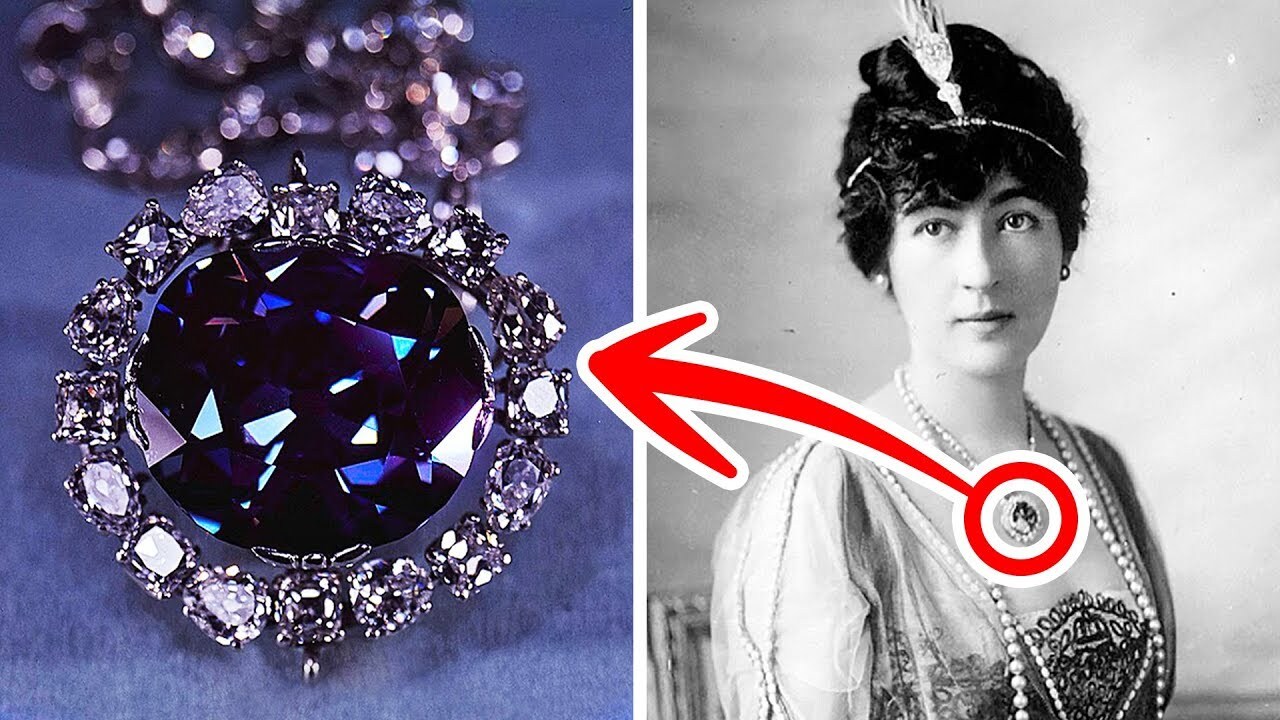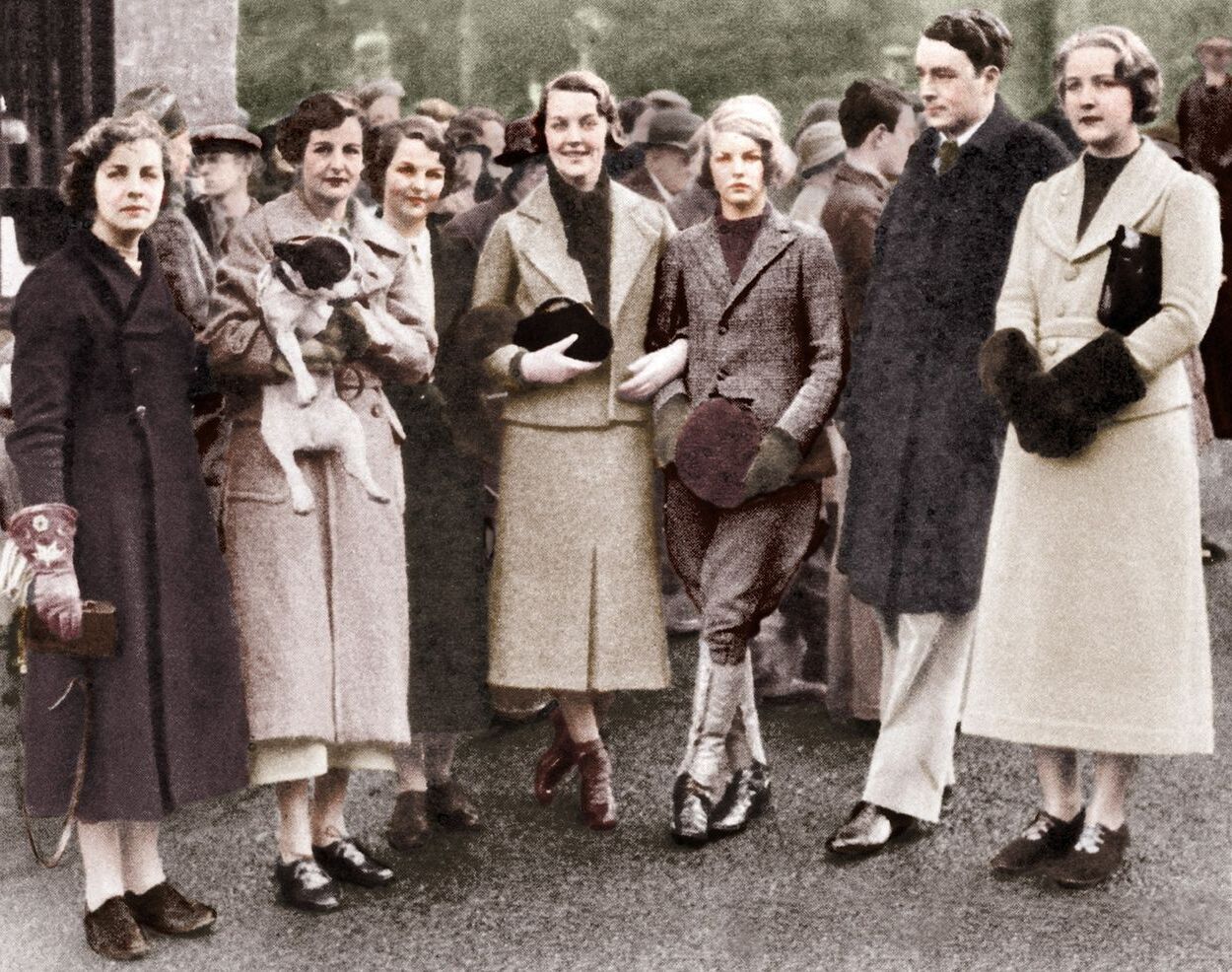
Is the Hope Diamond really cursed? This question has intrigued many for centuries. The Hope Diamond, a stunning blue gem weighing 45.52 carats, is famous not just for its beauty but also for the legend of a curse that supposedly brings misfortune to its owners. From kings to commoners, tales of tragedy and bad luck have followed this gem. Some say it was stolen from an idol, while others believe it's just a series of unfortunate coincidences. Whether you're a skeptic or a believer, the stories surrounding the Hope Diamond are as captivating as the gem itself. Let's dive into 38 intriguing facts about this mysterious jewel and its alleged curse.
Key Takeaways:
- The Hope Diamond, with its stunning blue color and mysterious past, has a history filled with misfortune and tragedy, leading to the belief in a curse associated with the famous jewel.
- The Hope Diamond's journey through history, from its origins in India to its scientific examination and cultural impact, has left a lasting legacy that continues to captivate the public and inspire fascination with its beauty and mystery.
The Origins of the Hope Diamond
The Hope Diamond is one of the most famous jewels in the world, known for its stunning blue color and storied past. Its history is filled with intrigue, mystery, and tales of misfortune.
- The Hope Diamond originated from the Kollur Mine in India.
- It was originally known as the Tavernier Blue, named after the French gem merchant Jean-Baptiste Tavernier who brought it to Europe.
- The diamond was initially 112 carats before being cut down to its current size.
- King Louis XIV of France purchased the diamond in 1668 and had it recut into the French Blue.
- During the French Revolution, the diamond was stolen from the French Crown Jewels.
The Curse of the Hope Diamond
Many believe the Hope Diamond carries a curse, bringing misfortune and tragedy to its owners. This belief has only added to its mystique.
- Legend says the diamond was stolen from an idol in India, cursing those who possessed it.
- King Louis XVI and Marie Antoinette, who owned the diamond, were executed during the French Revolution.
- Jean-Baptiste Tavernier, the diamond's first European owner, reportedly died of a fever soon after selling it.
- Prince Ivan Kanitovski, a Russian owner, was killed by Russian revolutionaries.
- Simon Frankel, an American jeweler who owned the diamond, faced financial ruin.
The Diamond's Journey Through History
The Hope Diamond has passed through many hands, each adding to its legend. Its journey is a tale of wealth, power, and mystery.
- After being stolen during the French Revolution, the diamond disappeared for several decades.
- It resurfaced in London in 1812, just in time to avoid the statute of limitations on the theft.
- The diamond was purchased by King George IV of the United Kingdom, who amassed significant debt.
- Henry Philip Hope, a London banker, acquired the diamond in 1839, giving it the name "Hope Diamond."
- The Hope family faced financial difficulties, leading to the diamond being sold to pay off debts.
The Diamond in Modern Times
In the 20th century, the Hope Diamond continued to captivate the world. Its story became intertwined with popular culture and scientific discovery.
- Pierre Cartier, the famous jeweler, sold the diamond to American socialite Evalyn Walsh McLean in 1911.
- Evalyn Walsh McLean's family experienced numerous tragedies, including the death of her son and financial ruin.
- Harry Winston, a New York jeweler, purchased the diamond from McLean's estate in 1949.
- In 1958, Winston donated the Hope Diamond to the Smithsonian Institution, where it remains today.
- The diamond is one of the most visited exhibits at the Smithsonian's National Museum of Natural History.
Scientific Examination of the Hope Diamond
The Hope Diamond has been the subject of extensive scientific study, revealing fascinating details about its composition and origins.
- The diamond's blue color is due to trace amounts of boron within its crystal structure.
- It exhibits a unique red phosphorescence when exposed to ultraviolet light.
- The Hope Diamond weighs 45.52 carats in its current form.
- It is classified as a Type IIb diamond, a rare category that includes less than 0.1% of all diamonds.
- The diamond's cut is described as a cushion antique brilliant.
Cultural Impact of the Hope Diamond
The Hope Diamond has left a significant mark on popular culture, inspiring stories, films, and even songs.
- The diamond is often cited as the inspiration for the fictional "Heart of the Ocean" in the movie Titanic.
- It has appeared in numerous books and documentaries, highlighting its mysterious past.
- The Hope Diamond was featured in an episode of the TV show "Unsolved Mysteries."
- It has been the subject of various myths and legends, enhancing its allure.
- The diamond's story has been retold in countless articles, making it a staple of gemological lore.
The Hope Diamond's Legacy
The legacy of the Hope Diamond extends beyond its physical beauty. It represents a fascinating intersection of history, science, and legend.
- The diamond has been insured for over $250 million.
- It has inspired numerous replicas and imitations, some of which are displayed in museums.
- The Hope Diamond has been part of several high-profile exhibitions around the world.
- It has been studied by gemologists and historians, contributing to our understanding of diamonds.
- The diamond's story continues to captivate the public, drawing millions of visitors to the Smithsonian each year.
- The Hope Diamond has been featured in various educational programs, highlighting its scientific and historical significance.
- It remains one of the most famous and recognizable diamonds in the world.
- The Hope Diamond's tale of beauty, mystery, and misfortune ensures its place in history for generations to come.
The Final Word on the Hope Diamond Curse
The Hope Diamond has fascinated people for centuries. Its legendary curse has sparked countless stories and theories. While some believe in the supernatural powers of the gem, others see it as a series of coincidences. The Smithsonian Institution now houses this famous diamond, where it continues to attract millions of visitors each year. Whether you’re a skeptic or a believer, the Hope Diamond’s history is undeniably intriguing. Its journey from India to France, then to England, and finally to the United States, adds layers to its mystique. The tales of misfortune surrounding its owners only add to its allure. So, next time you find yourself at the Smithsonian, take a moment to appreciate not just its beauty but also the rich tapestry of stories woven around it. The Hope Diamond remains a symbol of both luxury and mystery.
Frequently Asked Questions
Was this page helpful?
Our commitment to delivering trustworthy and engaging content is at the heart of what we do. Each fact on our site is contributed by real users like you, bringing a wealth of diverse insights and information. To ensure the highest standards of accuracy and reliability, our dedicated editors meticulously review each submission. This process guarantees that the facts we share are not only fascinating but also credible. Trust in our commitment to quality and authenticity as you explore and learn with us.


